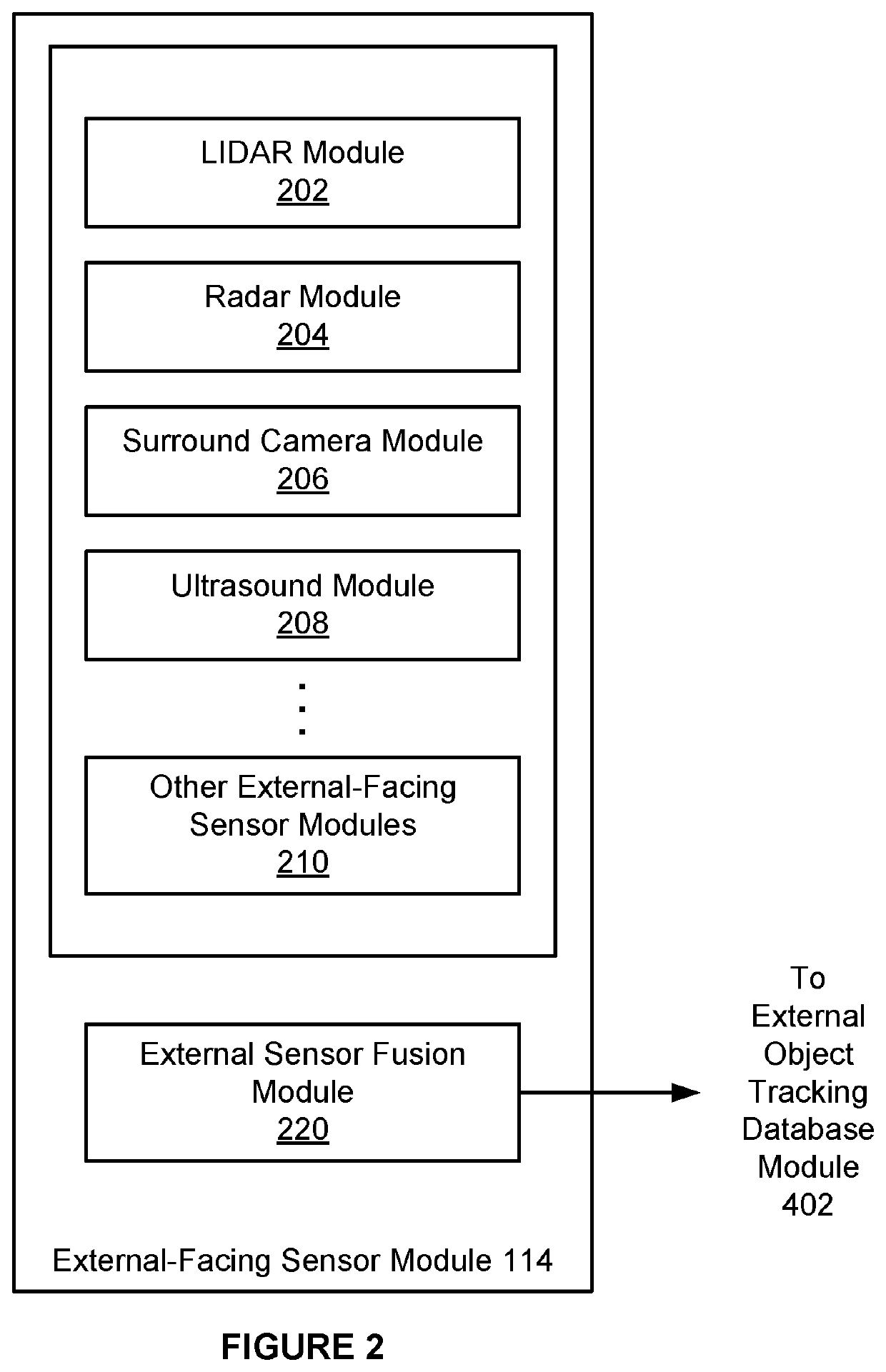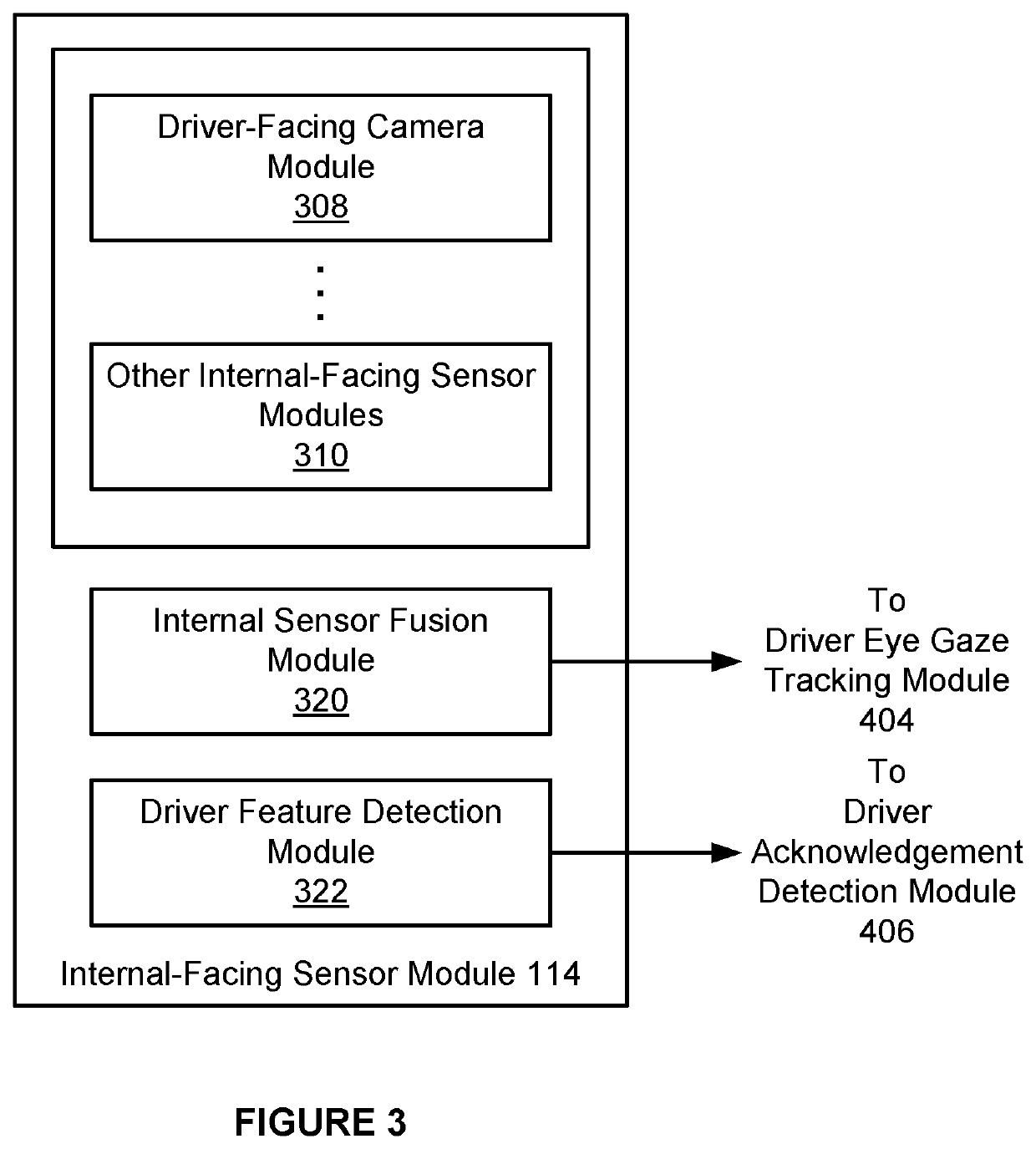Techniques for detecting acknowledgment from a driver of a vehicle
a technology for acknowledging and driving vehicles, applied in scene recognition, instruments, transportation and packaging, etc., can solve the problems of vehicle collision with objects, driver may not be conscious of the danger of colliding with objects, and dms may make an incorrect determination regarding the state of the driver, so as to reduce the cognitive load, increase the likelihood of distracted driving, and reduce the effect of cognitive load
- Summary
- Abstract
- Description
- Claims
- Application Information
AI Technical Summary
Benefits of technology
Problems solved by technology
Method used
Image
Examples
Embodiment Construction
[0002]Embodiments of the present disclosure relate generally to driver monitoring systems and, more specifically, to techniques for detecting acknowledgments from a driver of a vehicle.
Description of the Related Art
[0003]Many modern vehicles are equipped with an advanced driver-assistance system (ADAS) with externally facing sensors for detecting objects in the external environment surrounding the vehicle. Upon detecting such objects, and knowing the speed and direction of travel of the vehicle, the ADAS determines whether the driver is about to perform a dangerous operation, such as colliding with an object, driving through a stoplight, and / or the like. Many modern vehicles further include a driver monitoring system (DMS) that determines a general awareness of the driver by determining the eye gaze direction of the driver, the fatigue level of the driver, the cognitive load of the driver, and / or the like. If the ADAS determines that the driver is about to perform a dangerous operat...
PUM
 Login to View More
Login to View More Abstract
Description
Claims
Application Information
 Login to View More
Login to View More - R&D
- Intellectual Property
- Life Sciences
- Materials
- Tech Scout
- Unparalleled Data Quality
- Higher Quality Content
- 60% Fewer Hallucinations
Browse by: Latest US Patents, China's latest patents, Technical Efficacy Thesaurus, Application Domain, Technology Topic, Popular Technical Reports.
© 2025 PatSnap. All rights reserved.Legal|Privacy policy|Modern Slavery Act Transparency Statement|Sitemap|About US| Contact US: help@patsnap.com



